Synthetics in Perfumery : Hedione Part 2
As a counterpart to the first series of Synthetics in Perfumery, here is the second part. The material I cover today is hedione. I explain how and by whom it was discovered, what led up to the experiments with hedione and what makes it such an important material. Hedione, which is the Firmenich tradename for methyl dihydrojasmonate, occurs naturally in jasmine. While its quantity in jasmine essence is quite small, it provides a unique radiant effect–and that is what Edmond Roudnitska discovered when he used it to create Dior’s Eau Sauvage. While on its own hedione doesn’t have a particularly strong character, the luminosity and radiance that it lends to compositions are striking.
Without hedione, Eau Sauvage would have been a well-crafted but not particularly memorable cologne. Without hedione, we wouldn’t be able to experience a variety of sensations and textures. It’s one of the most versatile perfume materials and today it’s hard to find a fragrance that doesn’t include it.
If you’ve liked my video and want to learn more about hedione, here is another article: Hedione Luminous Jasmine. It includes a number of perfume examples and mentions the doses of hedione used in them.


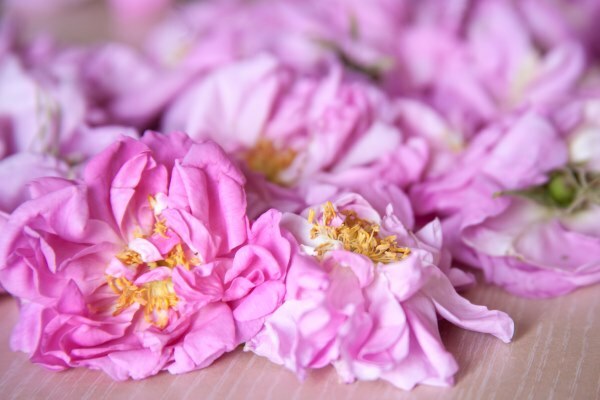
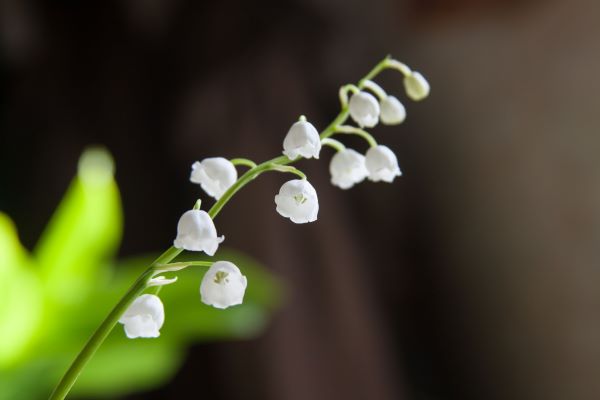
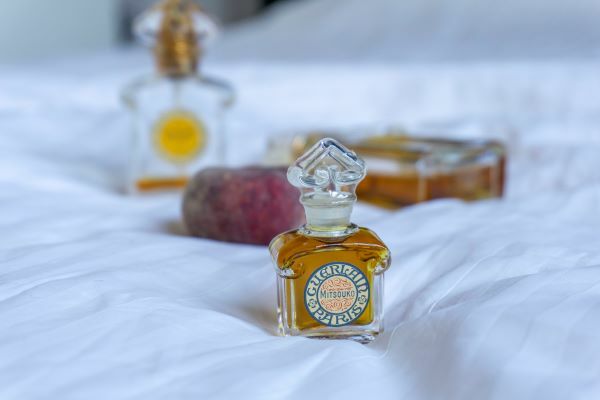








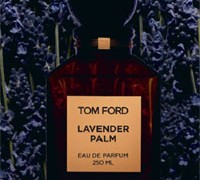
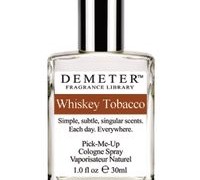

Ewan in Spring 2024 Perfume Launches : Lilac, Vetiver, Moss and Seaweed: I took the opportunity to blend seaweed, vetiver and mimosa essential oils. It is a very pleasant and interesting menage a trois. At first the seaweed hits the nose but… April 18, 2024 at 1:32am